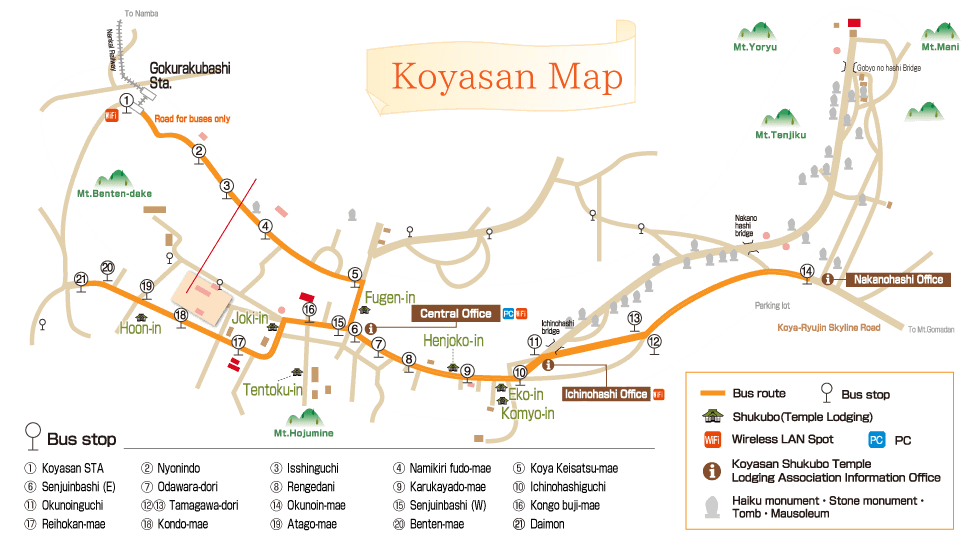-
Koyasan Station
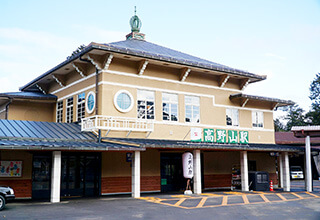
This two-story wooden station, with its unique temple-style roof, has been registered as an Important Cultural Property by the government. The second story is used as a waiting room which doubles as a lookout point, and is open for anyone to visit. The view from the station, 867 m above sea level, is quite spectacular. On a fine day, you can see the beautifully curving ridge lines of the hills.
-
Okunoin Gobyo

The Okunoin, or Inner Sanctuary, of Kobo Daishi’s Gobyo mausoleum is one of the most sacred sites on Koyasan. The roughly 2 km path to the Gobyo is lined with ancient cryptomeria trees that are up to a thousand years old, as well as more than 200,000 stone monuments, combining to create a subtle yet profound atmosphere.
-
Daimon
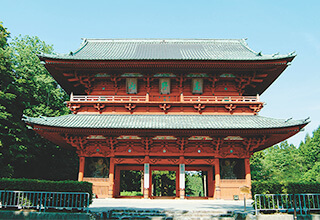
The main gate to Koyasan, it towers 25.1 m above its surroundings.
The present gate was constructed in 1705.
The Kongo Rikishi statues on either side are second in size only to those at the Todaiji Temple in Nara, and are registered as national Important Cultural Properties.
On a clear day you can see as far as the sea, and witness truly gorgeous sunsets. -
Danjo Garan
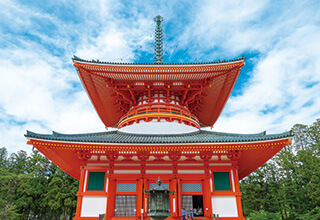
This is the first part of Koyasan that Kobo Daishi began developing into a temple precinct on the mountaintop. Centered around the Konpon Daito and the Kondo, the nineteen halls here are the epitome of technical skill, together forming a great temple compound. Here you can see young trainee monks running in formation.
-
Kongobuji Temple
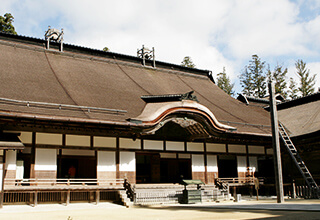
There are a number of buildings within these expansive ground where you can admire rooms decorated with gorgeous paintings on the fusuma doors, or be treated to green tea and confectionary. The temple also boasts one of the largest stone gardens in Japan, the Banryu-tei Garden, making it one spot not to be missed.
-
The Reihokan Museum
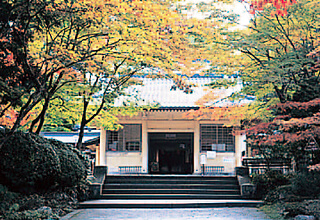
This houses numerous National Treasures, Important Cultural Properties and other valuable items that have been passed down through the temples of Koyasan, including the main temple, through the generations. The elegant building was designed as a copy of the Uji Byodoin Temple in Kyoto, and was built to house precious Buddhist art, statues, and cultural artifacts for general public viewing.

KOYASAN sightseeing
There are many highlight Attractions in Koyasan. Let's check it out!



